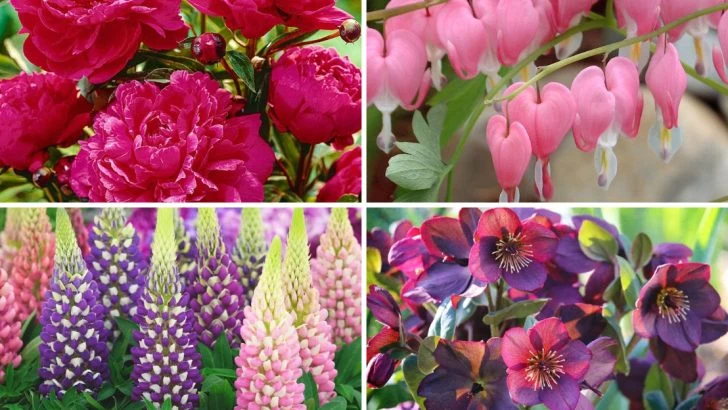Dividing perennials is a pretty common gardening task—usually done to keep plants healthy, manage their size, or share them with friends. But not all perennials bounce back the same way after being split. Some take it hard, struggling for seasons to recover, or never quite looking the same again.
It’s tempting to treat all plants the same when you’re refreshing your beds, but a few varieties really prefer to be left alone. In this list, you’ll find 14 popular perennials that tend to resent being divided, no matter how carefully it’s done. If you want them to thrive, your best bet is to let them stay right where they are.
Peony

Peonies are cherished for their spectacular blooms and delightful fragrance. These perennial favorites thrive best when left to establish their roots undisturbed. Dividing peonies can lead to wilting and reduced flowering. Instead of flourishing, they often struggle to bounce back, resulting in fewer blooms and stunted growth.
These plants prefer to spread their roots deep and wide under consistent conditions. The stress of division breaks their natural rhythm. Their enchanting blossoms, which have been adored for centuries, deserve to be enjoyed without interference. Historically, peonies have symbolized prosperity and honor, adding to their allure.
For lasting elegance, allow peonies to grow untouched, ensuring their flourishing beauty each spring.
Bleeding Heart

Known for their heart-shaped flowers, bleeding hearts add a touch of whimsy to any garden. These charming perennials are best left alone to create their mysteries. Dividing them disrupts their growth habit, often leading to fewer flowers and weakened plants.
Their natural preference for shaded, cool environments means they establish relationships with their surroundings that are easily disturbed by division. Interestingly, bleeding hearts have been planted in gardens since the 19th century, captivating gardeners with their unique appearance.
To maintain their romantic, cascading display, allow these beauties to spread naturally, crafting serene garden corners without intervention.
Lupine
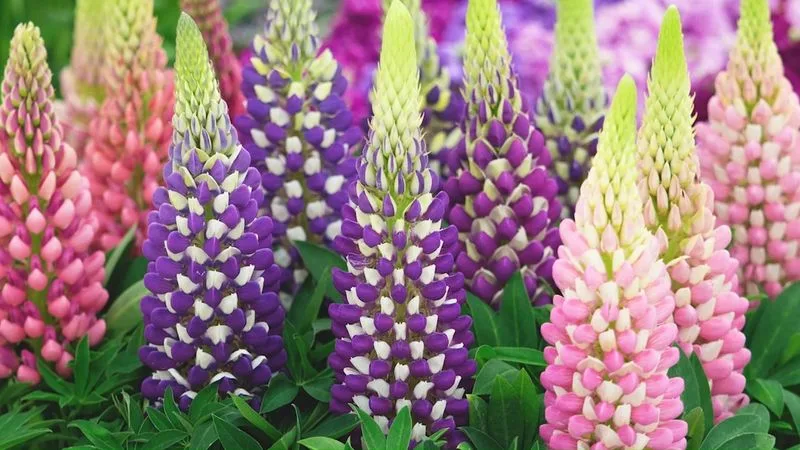
Lupines are a visual treat, with their tall spires of colorful blooms that attract butterflies and bees. Despite their allure, dividing lupines can be problematic. These plants develop deep taproots, which are essential for their stability and nutrient uptake. Disrupting these roots often spells disaster.
The process weakens their structure, making them susceptible to diseases and poor growth. Lupines were historically used by Native Americans for their seeds, adding another layer to their story.
To enjoy their vibrant display year after year, allow lupines to remain undisturbed, standing proudly in garden borders and wildflower meadows.
Hellebore
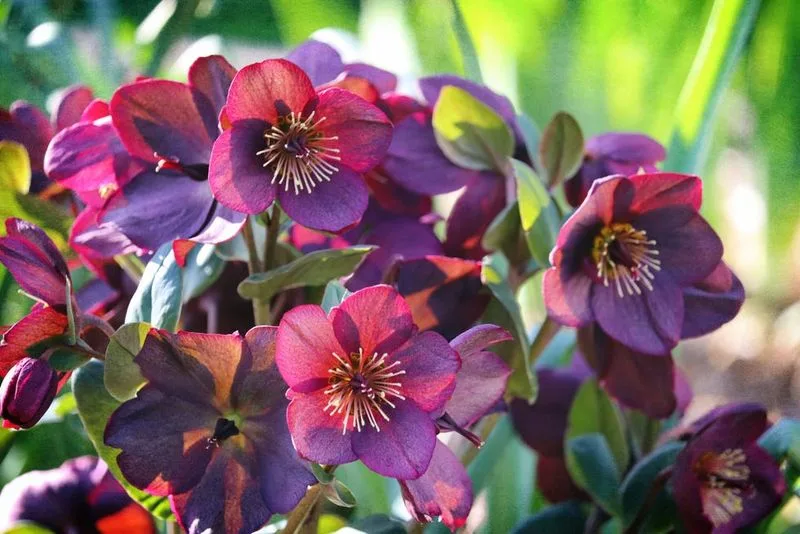
Hellebores, often called Christmas roses, brighten up winter gardens with their elegant blooms. While tempting to divide, these perennials resist such interference. They take time to establish and do best when allowed to spread naturally.
Disturbing their roots can hinder their growth and delay flowering, robbing the garden of wintertime joy. Hellebores have a storied past, once believed to ward off evil spirits.
To ensure these resilient flowers continue to charm during the colder months, let them form clumps over the years, enhancing the garden’s winter tapestry without disruption.
Lavender
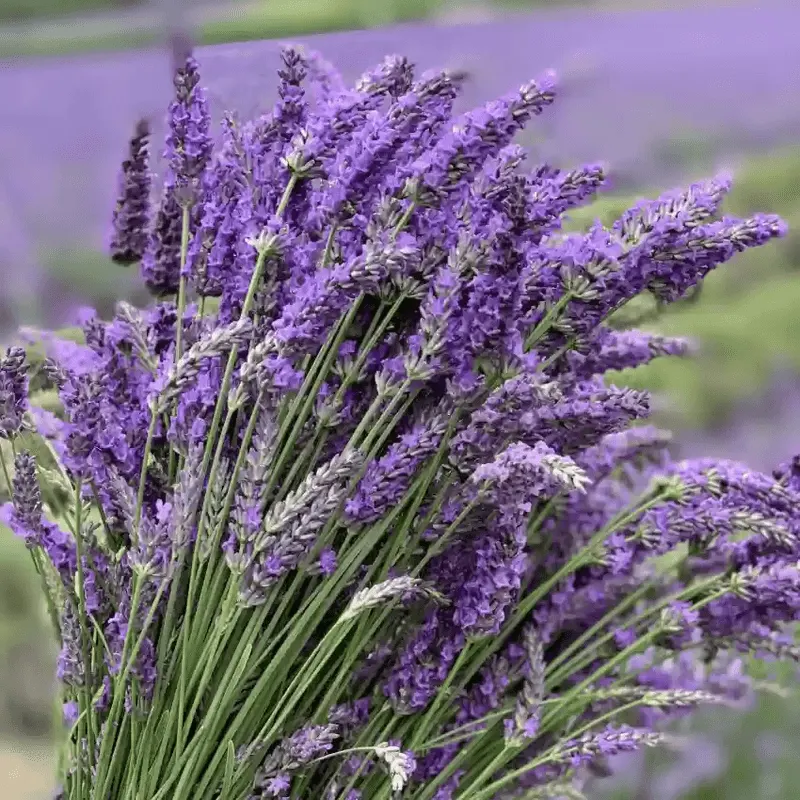
Lavender’s soothing scent and vibrant purple flowers make it a garden staple. Despite its hardy nature, lavender dislikes division. Its woody stems and deep roots are disturbed by such actions, often leading to plant failure.
Lavender thrives in well-drained soil under the sun, where its roots can spread naturally. This perennial has been used for centuries in aromatherapy, cherished for its calming properties.
To enjoy lavender’s full potential, allow it to expand at its pace, decorating gardens with its fragrance and color without interruption. Its low maintenance nature is a bonus for gardeners seeking serene landscapes.
Christmas Cactus
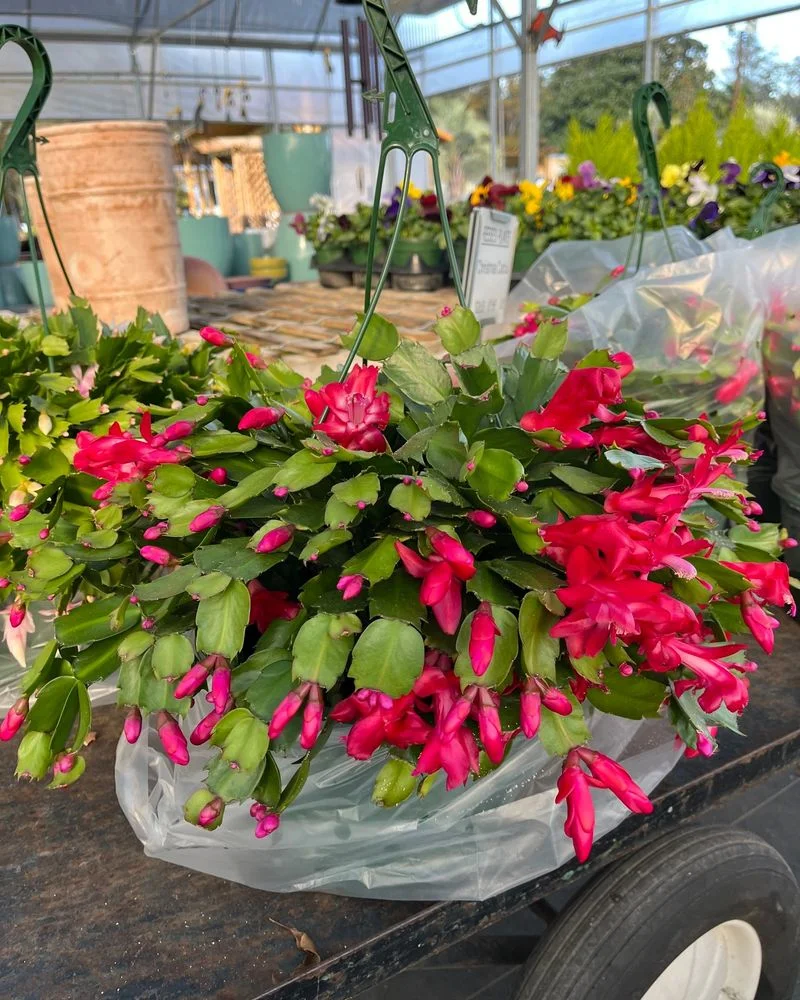
The Christmas cactus, with its vibrant winter blooms, brings cheer to indoor spaces. Unlike most cacti, this plant thrives in cooler, humid environments and despises division. Its unique growth pattern depends on its segments remaining intact.
Breaking the plant into parts disrupts its ability to flower and grow. The Christmas cactus originates from Brazilian forests, where it naturally clings to tree branches.
To keep its festive blooms brightening up the holidays, maintain its original form, allowing it to flourish in pots. Its ability to thrive indoors makes it a beloved houseplant, symbolizing resilience and beauty.
Japanese Anemone
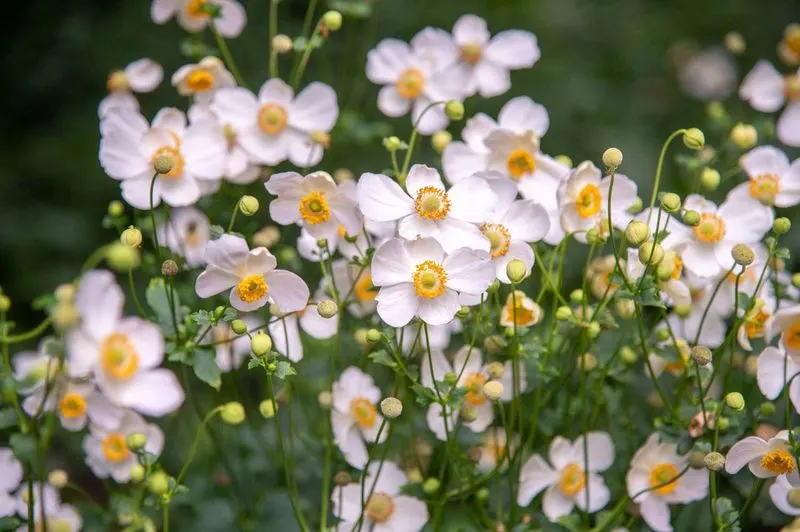
Japanese anemones, with their elegant flowers, grace gardens late in the season. These perennials should not be divided due to their extensive root systems. Disturbing them often results in wilting and poor flowering.
Their charm lies in their ability to fill gaps in the garden, providing color when most other plants have faded. Japanese anemones have been a favorite in traditional gardens, symbolizing sincerity.
To enjoy their late-season beauty, let them establish and spread naturally. Their resilience against frost and ability to thrive in varying conditions make them a garden treasure worth preserving as-is.
Clematis

Clematis vines offer stunning floral displays, weaving through trellises and supports. However, they should not be divided. These climbers rely on their intricate root systems for nourishment.
Dividing clematis can cause stress, leading to poor growth and fewer flowers. Each variety has its unique bloom time, adding diversity to gardens. Historically, clematis symbolized art and ingenuity.
To appreciate their vibrant flowers adorning garden structures, allow clematis to remain whole. Their natural inclination to climb and spread creates living tapestries that enhance any outdoor space without the need for division.
Butterfly Weed
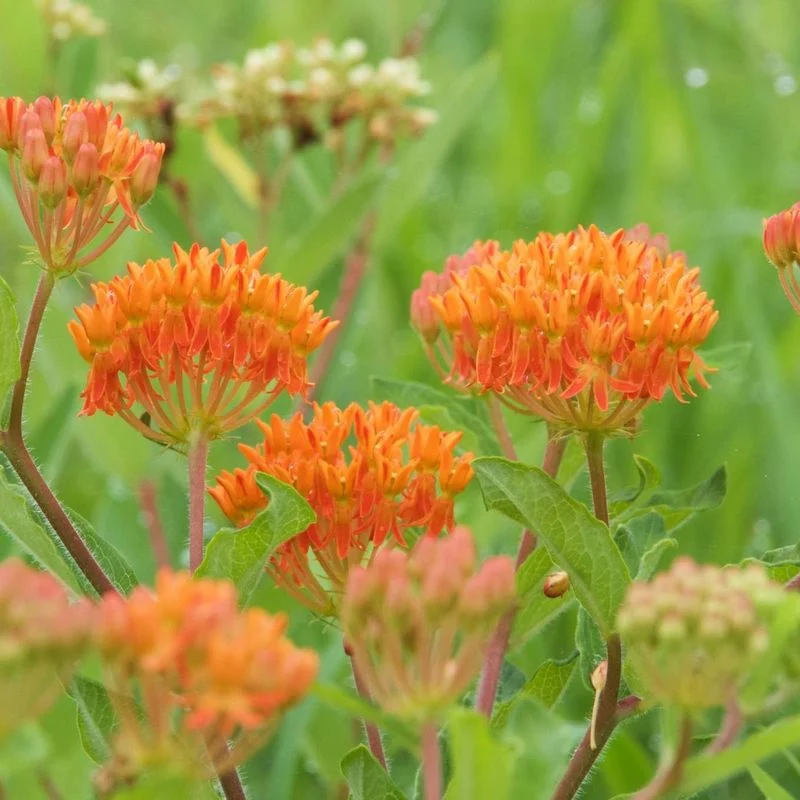
Butterfly weed, a magnet for pollinators, stands out with its bright orange flowers. Despite its appeal, dividing this perennial is not recommended. Its deep roots, crucial for survival, are easily damaged by division.
This plant thrives in sunny, well-drained areas, where it can spread naturally. An important source of nectar, butterfly weed supports the life cycle of butterflies, including monarchs.
To maintain its vibrant presence in the garden, allow it to flourish undisturbed. Its role in supporting biodiversity and its low maintenance make it an ideal choice for gardeners passionate about wildlife.
Russian Sage
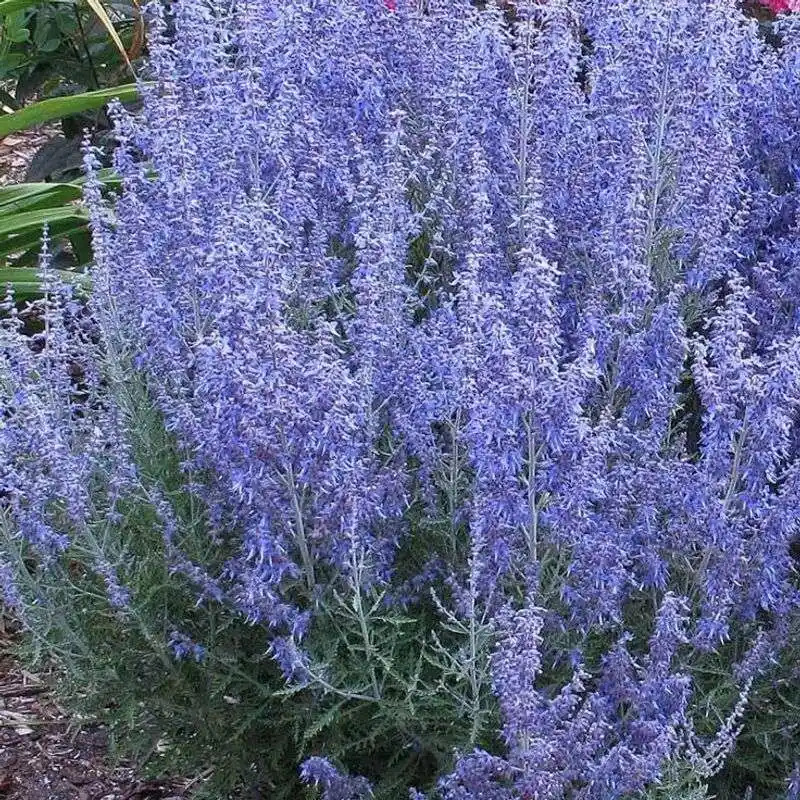
Russian sage, with its aromatic foliage and light purple flowers, creates a soft backdrop in gardens. Dividing this perennial can disrupt its woody base and extensive root system.
Thriving in sunny, well-drained soils, Russian sage attracts bees and butterflies. Its origins trace back to Central Asia, where it was used in traditional medicine for its therapeutic properties.
To enjoy the airy beauty of Russian sage, allow it to expand naturally. Its drought tolerance and minimal care requirements make it a favorite for sustainable, low-maintenance landscapes, adding texture and color without needing division.
Balloon Flower
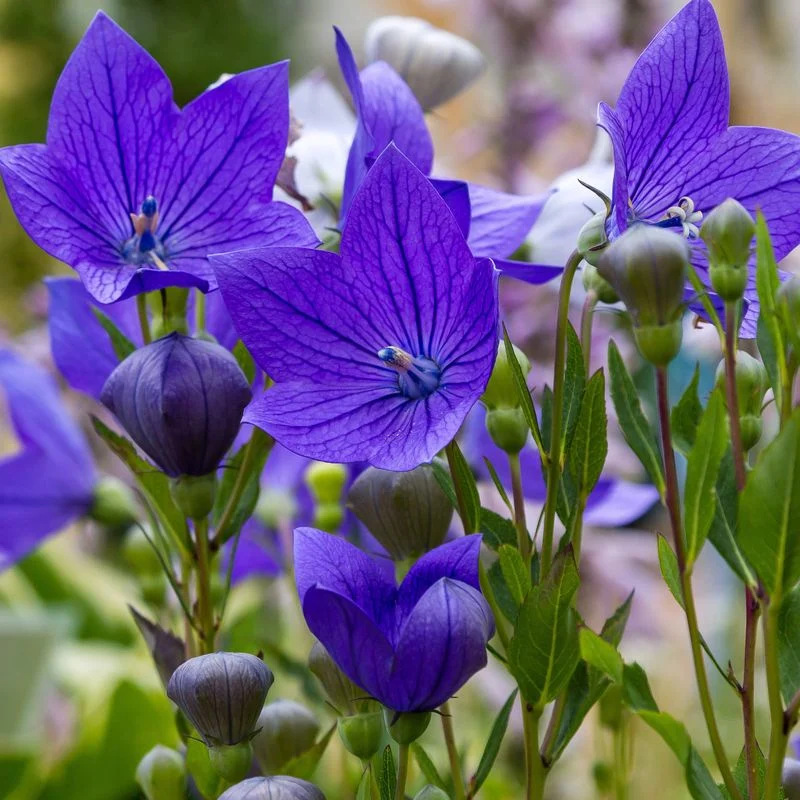
Balloon flowers, known for their balloon-like buds that burst into star-shaped blooms, are perennial favorites. Dividing them disrupts their taproot system, which is vital for their health.
These plants are best left to establish themselves, thriving in sunny garden spots. Originally from East Asia, balloon flowers have been cultivated for both ornamental and medicinal purposes.
To witness their whimsical transformation from bud to bloom, allow these plants to grow undisturbed. Their ability to return year after year with minimal intervention makes them a delightful addition to any perennial garden.
Coral Bells
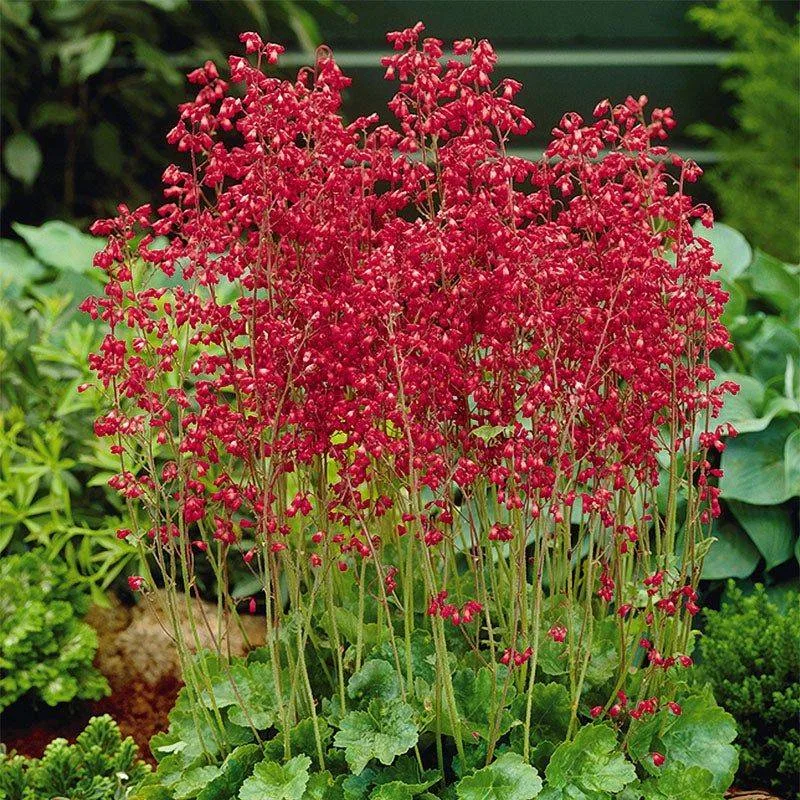
Coral bells, admired for their vibrant foliage and delicate flowers, thrive in shaded garden areas. Their root systems are sensitive, making division a risky endeavor.
These perennials prefer to develop their intricate roots under stable conditions, enhancing their color and resilience. Historically, coral bells were used in Native American herbal remedies.
To preserve their colorful presence in gardens, allow them to spread naturally. Their adaptability to different environments and low maintenance make them an ideal choice for gardeners seeking both beauty and ease of care.
Foamflower
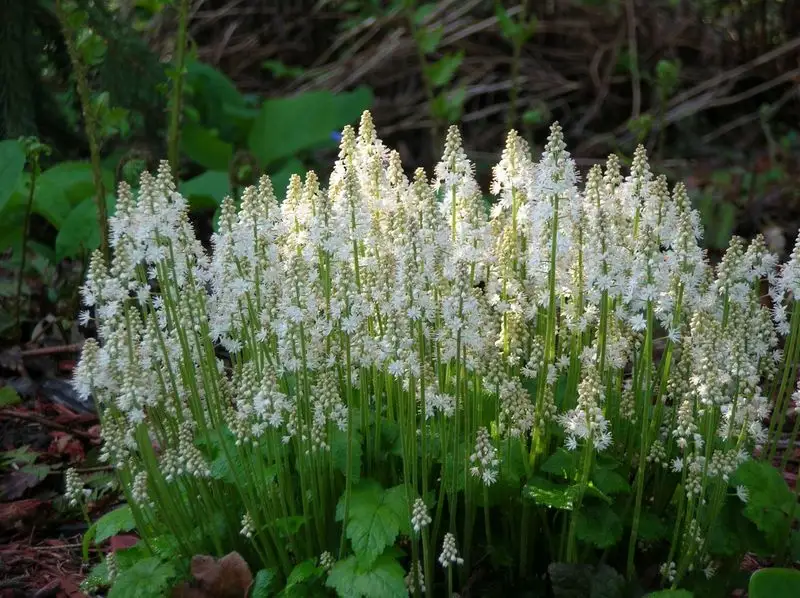
Foamflowers create a delicate carpet of white blooms in woodland gardens. Dividing these perennials can hinder their ability to establish and spread.
They thrive best in shaded areas, where they form ground cover that enhances the garden’s natural beauty. Foamflowers have been a part of traditional herbal medicine, valued for their supposed healing properties.
To ensure their continued lush display, allow them to grow undisturbed. Their minimal care requirements and ability to thrive in natural settings make them a perfect choice for creating a serene garden atmosphere without intervention.
Astilbe
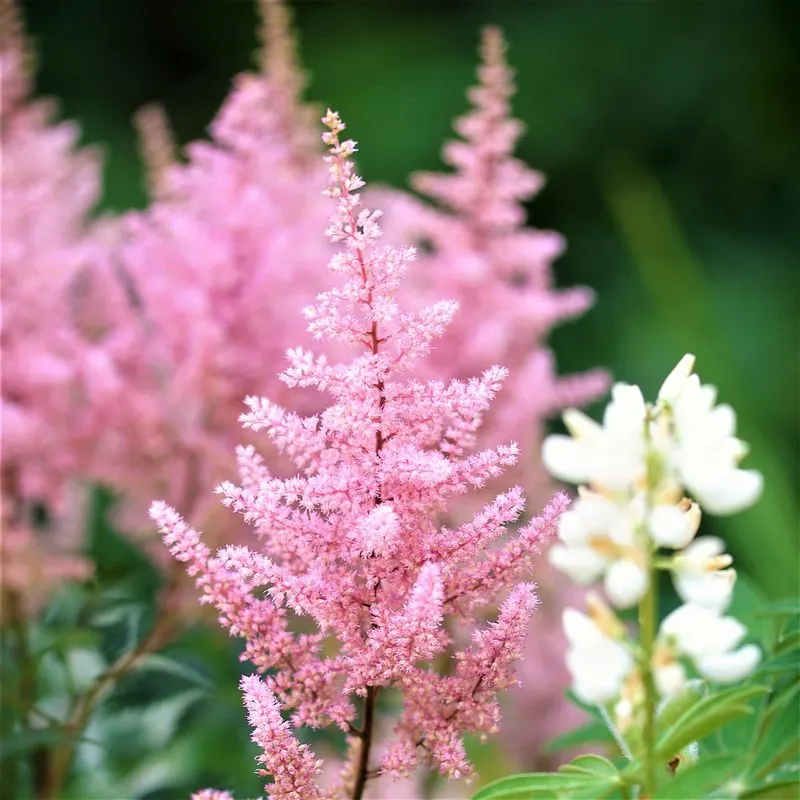
Astilbes, with their feathery flower plumes, add texture and color to shaded gardens. Dividing them can negatively impact their health, as they require stable environments to develop strong roots.
These perennials thrive in moist, well-drained soils and are often used in garden designs for their elegance. Originating from East Asia, astilbes are celebrated for their grace and adaptability.
To enjoy their lush presence, let astilbes spread naturally, ensuring robust plumes year after year. Their ability to enhance garden aesthetics while requiring minimal intervention makes them a gardener’s delight.

